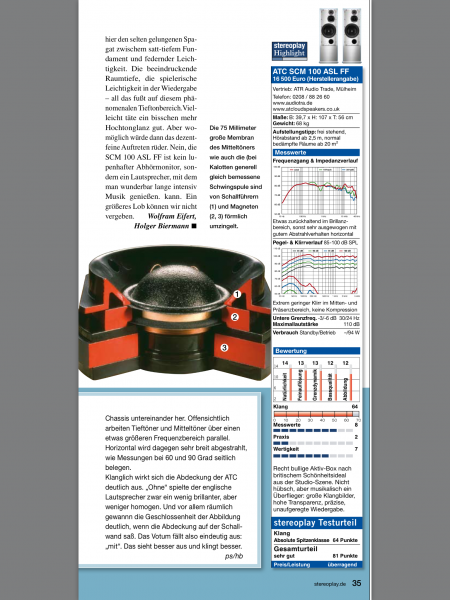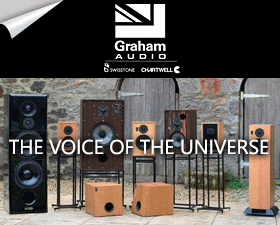I bought my ATC Active 50s in about 2000 directly from ATC. They were a special price so may have been a demo pair thought perfect and current spec.
Yes I described them as in you face as I just wanted them pushed back a further 20 ft. I can't compare with the Wilsons as I've not heard those. However it came as a blessed relief when I changed the ATCs for Avantgarde Unos in 2002. Totally different but a breath of fresh air with huge excitement factor. The detail and finesse of the Unos were in huge contrast to the dead accurate but "dead" sound from ATC. Pity as I'd been after ATCs for the previous 10 years. Changed Unos for 2006 Duos last year and waiting for latest Duo XDs to arrive.
Peter
HI Peter:
ATC 50As 2000 era was a much different speaker that what is currently available- that was 20 years ago! With that 2000 era combo of parts I agree they were much more mid forward than all current designs. They may look the same but are not the same sonically. What ships today is a different woofer, tweeter, mid waveguide, three channel amp pack from then.
ATC manufacturers all their own drivers and amplifiers so there has been steady progress over the years. What is shipping now has been well reviewed by most of the hi fi press so I don't think the 20 yr old descriptions work anymore. Absolute Sound, Stereophile, What Hi Fi etc. I am not saying everyone should love them, as everyone has a different room altering any speaker's response. But it is true that many of the people who make the music choose to listen to playback on ATC's at home or the studio.
BTW< I am new to this forum, I am the ATC importer to the USA so I am obviously a vested party.
Brad Lunde
President Lone Mountain Audio/TransAudio Group
Las Vegas


















